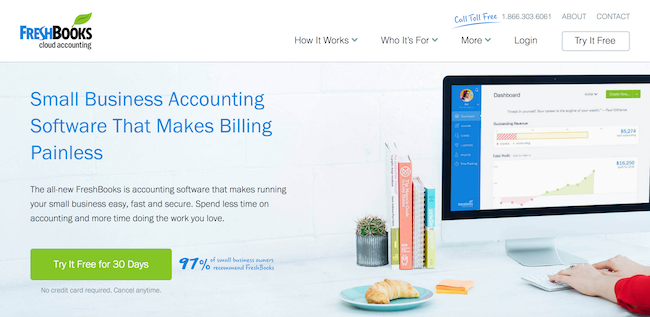Being your own boss can mean being your own marketing department, public relations team or sales squad — you name it, small business owners often end up handling it themselves, at least at some point. With so many hats to wear, you need to make every second count.
Luckily, there are plenty of tools out there that can streamline tasks, boost productivity and, in sum, save lots of time and money. Most of these services are free, and all of them do a fantastic job addressing the everyday challenges that small business owners face. What’s not to love?
#SquareSpace - Build A Website
Squarespace makes beautiful products to help people with creative ideas succeed.
Their platform empowers millions of people — from individuals and local artists to entrepreneurs shaping the world’s most iconic businesses — to share their stories and create an impactful, stylish, and easy-to-manage online presence.
#BuildFire - Mobile App Builder (iOS & Android)
BuildFire is the leading mobile app development platform choice for businesses, organizations, individuals and resellers. With their intuitive system and highly responsive customer support, they help hundreds of businesses build mobile apps every day. With their aggressive development cycles and infinitely open architecture, they will be there to serve you both now and far into the future.
#FreshBooks - Cloud Accounting Software
FreshBooks know you went into business to pursue your passion and serve your customers - not to learn accounting. This is why they believe in executing extraordinary product and service experiences that helps save you time and get paid faster.
#MailChimp - Email Marketing Platform
Everyone starts small. But with the right resources, you can execute big plans. MailChimp’s features are powerful enough for Fortune 500 companies at a price point that works for anyone. You know your business. They will help you grow it.
#DropBox - File Hosting Service
Save files on your computer, then access them on your phone from the road. Everything you keep in Dropbox is synced automatically to all your devices.500 million people around the world use Dropbox to work the way they want, on any device, wherever they go. With 200,000 businesses on Dropbox Business, they are transforming everyday workflows and entire industries.
#MindMeister - Mind Mapping Software
MindMeister is an online mind mapping tool that lets you capture, develop and share ideas visually. More than 6 million people already use their award-winning mind map editor for brainstorming, note taking, project planning and tons of other creative tasks. MindMeister is completely web-based, which means there's no download and no updating! Whether you're working on Windows, Mac OS or Linux, you can always access your mind maps right inside the web-browser.
#PayPal - Payment System
PayPal is a worldwide online payments system that supports online money transfers and serves as an electronic alternative to traditional paper methods like checks and money orders. PayPal is one of the world's largest Internet payment companies. In 2015, 28% of the 4.9 billion payments we processed were made on a mobile device. With their 192 million active customer accounts, PayPal is a truly global payments platform that is available to people in more than 200 markets, allowing customers to get paid in more than 100 currencies, withdraw funds to their bank accounts in 56 currencies and hold balances in their PayPal accounts in 25 currencies.
#InVision - Web & Mobile Prototyping Tool
They help companies of all sizes unlock the power of design-driven product development. That's why teams at Evernote, Adobe, Airbnb, Salesforce, and many more fire up InVision every day. InVision gives teams the freedom to design, review, and user test products—all without a single line of code. With intuitive tools for prototyping, task management, and version control, it's your entire design process, all in one place.
#Google Analytics - Analytics Tool
Google Analytics is a freemium web analytics service that tracks and reports website traffic. Google launched the service in November 2005. Google Analytics is now the most widely used web analytics service on the Internet. Google Analytics is offered also in two additional versions: the subscription based Google Analytics 360, previously Google Analytics Premium, targeted at enterprise users and Google Analytics for Mobile Apps, an SDK that allows gathering usage data from iOS and Android Apps.





























